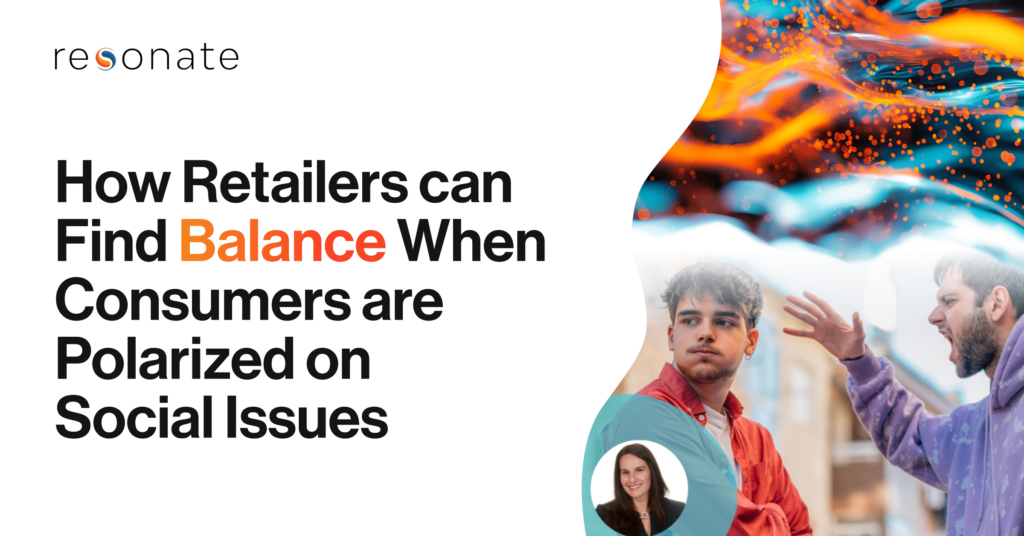Not all data is created equal.
Earlier in this blog series, we highlighted the prevalence of dirty data and some of the inconsistencies and inaccuracies that exist on even the most basic of consumer data points within DMPs and 3rd party data providers. Remember, this is the data you’re placing your trust in to help shape and inform your strategies; from segmentation and targeting to content and campaigns, and from channel selection and media placement to measurement and calibration.
But we can’t put all of the blame for this inaccurate data on vendors. Many marketers are stuck on data and insight approaches that no longer work. As a result, their segmentation and targeting miss the mark and their messaging becomes irrelevant and disconnected.
It’s due time that you, as the marketing and consumer insight keepers of your brand (or client’s brand), take responsibility for understanding the harmful effects of bad data on strategy and execution, and turn it from a “should” to a “must”. It’s time to challenge what you think you know, question if you have the right data partners, hold them to a higher standard and demand greater transparency and accountability.
How you ask? We’d recommend checking the box on these three items first…
1. Dig deep on methodology.
Seriously, we really can’t stress this point enough. Ultimately the foundation and relative success (or failure) of your marketing performance comes down to quality of data. And if your data provider is hesitant to answer any of these questions or gives you the run around… buyer beware.
a. Where does the data come from?
How is it collected and what are the sources? Is it short or long-form consumer surveys or questionnaires, public or government records, online or offline directories, property and assessor files, online web forms and cookie data, mobile advertising IDs or a combination of pieces and parts of any of the above? Or is it data collected, analyzed and aggregated all by one company? The vast majority of data providers do not organically generate the data they sell. In fact, most license information to each other or pull together databases from hundreds of current and outdated, reliable and unreliable sources.
The problem is, a data provider that uses multiple sources opens the door to poorly collected and/or outdated information which decreases accuracy rates. They may miss or be totally unaware of causal relationships between data points or incorrectly interweave data sets. And the more the sources, the more these mishaps are compounded. The result – a plague of inconsistent and confusing data, embarrassing campaign missteps, frustrated marketers and worse, a trail of unforgiving consumers.
b. Is it contextual?
Folks are hot to trot for “behavioral data”. Knowing not just who your customers are, but what you can learn from their online behaviors. But without the proper context, it can be highly misleading.
Case in point… earlier this week my neighbor asked me if I remembered where my daughter shopped for her homecoming dresses (my daughter is now graduating from college so that was a few years back). My daughter couldn’t remember, so I started searching “homecoming dresses” online to help jog my memory and, low and behold, I’ve been receiving emails and targeted ads for all things “teen girl” this week (and not just retargeting). I already survived the pain and suffering of my daughter’s teenage years… please don’t make me go back and do it again!
But seriously, the point is… if you look at my behavioral data alone vs. applying a layer of context (my demographics plus additional online/offline behaviors), these kinds of incorrect inferences and false data points will dilute your consumer data quality and tank your targeting accuracy rates.
c. How recent is it?
In the race to perfecting 1:1 customer experiences, real-time data and insights are essential. Extensive market research, in-depth personas and 360-customer profiles are great, but with the ever-changing consumer and increasingly competitive marketing ecosystem, we can’t be left waiting months or even weeks for fancy studies or reports that are outdated before they’re even published… we need that data NOW, and we need it to be current!
2. Get your hands dirty.
No matter what promises of accuracy or grandiose scale your data provider may claim, before you use it to guide your decisions and marketing strategies, we would implore you to explore the data yourself.
The easiest way we’ve found? Do an exploratory 3rd party data analysis on yourself. Or, more likely, ask for an audience sampling or snapshot. Only a few providers make their registries public or don’t directly collect PII, but if your data provider won’t give you a sample custom audience profile – red flag! If the data provider can’t accurately target you or a sample audience, are you going to trust their data to accurately target and execute your resource-heavy and expensive media campaigns?
3. Measure what really matters.
It’s easy to look at results of an ad campaign and get excited over deliverability and click-through rates. But you shouldn’t stop there. How do you really know if your data is working for you? The answer is being able to measure your marketing performance against your segments or target audiences, at the individual-level, in order to optimize creative and messaging to replicate or re-calibrate for best success.
Exactly who are your campaigns reaching? Is it your desired audience? Are there new/additional audiences you’ve been missing out on? Those are the insights your data provider should be giving you. Otherwise how do you know if the audience you paid for, is what you’re really getting?
So please, ask the questions and do your homework.
And if what you find doesn’t pass the smell test… walk away. Irrelevant messaging. Disengaged audiences. Wasted campaign dollars. The risks and potential damage from dirty data is just too great. It’s not only your campaigns that are at stake, it’s your brand.
Good luck!
Where do we get our data? We don’t “get” it. It is our own, single-source proprietary data. We are the largest traditional research company that kicks it up 100 notches by combining our traditional research with cross-device and online contextual behavioral analysis.



